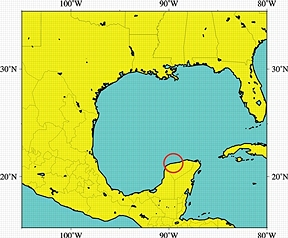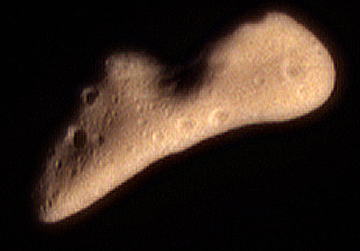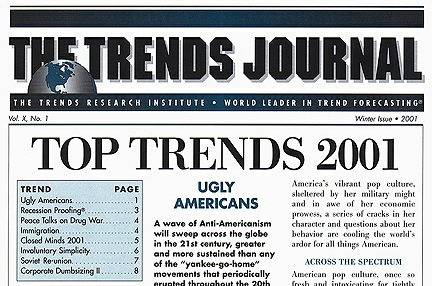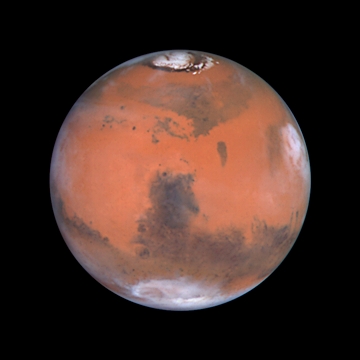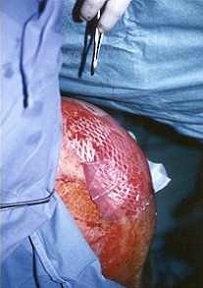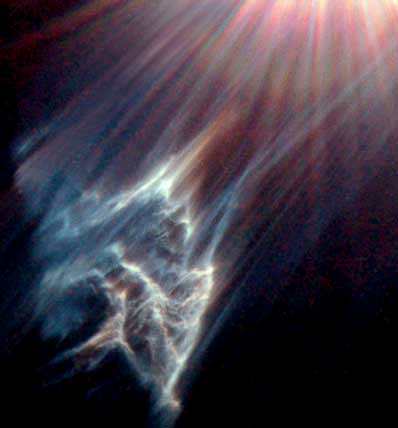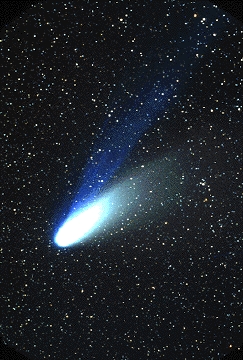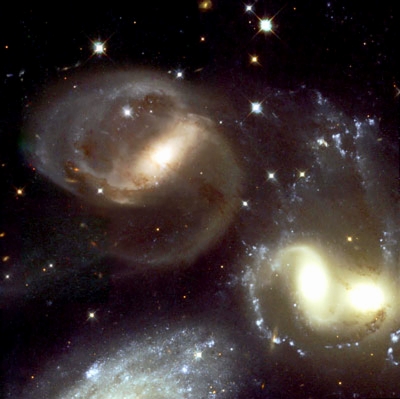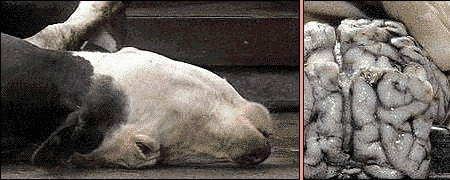"We weren't expecting to find a sample at 4.4 billion because our prejudice said that the earliest part of the earth was so violent that no samples would be preserved.Now, we realize that is not correct."
- Prof. John Valley, Geologist, University of Wisconsin, Madison
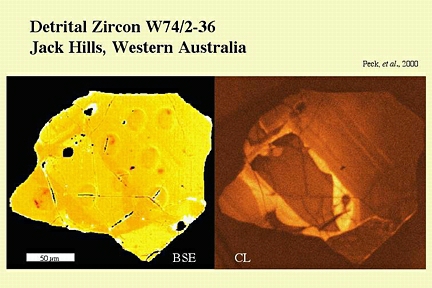
January 14, 2001 Madison, Wisconsin - Another surprising find on earth is revolutionizing thinking about what the earth was like at its beginning. For the past fifteen years, geologists have been studying very ancient rock outcroppings in the Australian outback at a place called Jack Hills several hundred kilometers northeast of Perth.
Click here to subscribe and get instant access to read this report.
Click here to check your existing subscription status.
Existing members, login below:


